In a world obsessed with quick fixes and viral fitness hacks, something profound is shifting in the wellness landscape. Gone are the days when pounding the pavement for hours was the holy grail of health. Enter the era of iron: resistance and power training are exploding in popularity, championed not just by gym rats but by everyday folks—from spry seniors to busy parents. Imagine a grandmother deadlifting her way to vitality or a young professional swapping spin class for squats. This isn't just a fad; it's a movement backed by science, social media, and a growing chorus of experts.
As we dive into 2025, building muscle isn't about vanity—it's about rewriting the rules of aging, aesthetics, and accessibility. Let's unpack why strength training is surging as the core goal over cardio, how it's reshaping beauty standards (especially for women), and why it might just be the key to a longer, stronger life.
The Surge: Strength Training Takes Center Stage for All Ages and Genders
Picture this: fitness trackers buzzing with notifications for "muscle-building mode," gyms packed with diverse crowds lifting weights instead of logging miles on treadmills, and online forums buzzing about the "strength revolution." The emphasis on resistance and power training is indeed surging, with a clear pivot toward muscle-building as the primary goal over traditional cardio. This trend transcends demographics, appealing to all ages and genders in ways that feel inclusive and empowering.
Data from the fitness industry underscores this boom. In 2024, strength training saw a 25% uptick in daily routines among exercisers, reflecting a broader shift where resistance exercises are favored over cardio in gyms worldwide. Gym memberships in 2025 highlight this adaptation, with facilities redesigning spaces to prioritize weights and resistance machines. Even scientific circles are amplifying the call: a comprehensive review emphasizes how resistance training enhances strength, body composition, and overall health for women, marking an evolution from outdated myths.
But why the pivot from cardio? Cardio has long been the go-to for heart health and calorie burn, yet emerging research shows strength training offers comparable—if not superior—benefits without the repetitive strain. A 2025 analysis reveals that lifting weights aligns with scientific evidence on muscle's role in metabolism and disease prevention, outshining cardio in long-term gains.
Top fitness trends for the year rank strength training highly, noting its versatility for building muscle that supports daily life, from carrying groceries to chasing grandkids. Studies confirm it's effective for muscle hypertrophy, even surpassing aerobic activities in promoting lean mass.
Inclusivity is key here. Strength training isn't reserved for the young or athletic; it's democratized for everyone. Evidence shows it benefits all, regardless of age or gender, boosting strength and improving quality of life.
For older adults, it's a game-changer, increasing lean body mass and countering age-related decline. Social media echoes this: posts highlight resistance training's cognitive and behavioral perks for kids, urging schools to integrate it daily. Another thread stresses its medicinal value for those over 40, positioning it as essential for healthspan extension.
The American Heart Association's 2023 statement propelled this further, recommending resistance training broadly as evidence mounts. Even pediatric experts now endorse it for youth, once taboo, as a foundation for lifelong fitness.
Gender barriers are crumbling, too. Meta-analyses show men and women adapt similarly to resistance training, with relative muscle gains nearly identical. This surge isn't isolated—it's global, with UK stats showing a 3% rise in regular exercise, much attributed to strength-focused activities.
As one expert notes, resistance trumps other interventions for combating sarcopenia, proving its superiority over cardio alone. With eight solid sources backing this rise, it's clear: strength training is the new powerhouse, making muscle-building the core pursuit for a healthier society.
The Aesthetic Shift: Muscular Physiques as the New Standard, Led by Women
Flip through your social feeds, and you'll see it: sculpted arms, defined backs, and powerful legs stealing the spotlight. Social buzz is prophesying muscular physiques as the new aesthetic standard, particularly among women who are ditching the "skinny" ideal for strength and curves. This isn't just about looking good—it's a cultural rebellion against outdated beauty norms, fueled by influencers, celebrities, and everyday warriors.
The conversation is electric on platforms like X, where posts celebrate "sculpted elegance" and the empowerment of muscle. Women are redefining power and femininity, with images of "muscle girls unleashed" garnering thousands of likes and shares. The rise of female bodybuilding culture is empowering, showcasing strength as beauty showcasing strength as beauty through viral photo series. Even niche accounts highlight posing with commanding muscles, inspiring followers to embrace "muscle goddess" vibes. Big-muscled women are hailed as strong and beautiful, marking a shift from fragile ideals to resilient forms.
Media amplifies this. Articles declare "big shoulders are in," urging women to lift heavy for muscle mass to combat aging. Trends blend fitness with aesthetics, where nutrition and workouts create toned, muscular bodies. Research analyzes contemporary female body aesthetics, promoting diversified, healthy images that include muscle. Discussions on Reddit question if we're entering an era where women's bodies aren't trends, but muscular builds are rising post-BBL fad. Pinterest boards explode with "muscular woman aesthetic" inspiration, reflecting societal acceptance. In fashion, "protein chic" signals wellness-driven looks favoring muscle definition over thinness. The most attractive female physique? Strong, lean, and fit, per expert guides.
With five sources from social buzz confirming this, muscular women are the vanguard, turning strength into the ultimate aesthetic currency.
Longevity Boost: Accessible, Effective, and Just 3-4 Times a Week
What if the fountain of youth were hiding in your local gym's weight rack? Strength training is lauded for promoting longevity, offering benefits like improved mood, metabolism, and heart health beyond mere muscle. It's accessible—no fancy equipment needed; bodyweight or simple dumbbells suffice—and adaptable for beginners to pros.
Studies link it to extended lifespan: women lifting 2-3 times weekly face a lower heart disease risk. Optimal dosing? About 60 minutes weekly for healthy aging. Guidelines recommend 2-3 sessions per week, allowing recovery. For adults 50+, mix in bursts twice weekly. It boosts longevity by enhancing muscle and function. Surprisingly low dose: 30-60 minutes weekly yields most benefits. Frequency: 2-3 workouts for intermediates. Three sessions with 8-12 reps at 75-80% max. Accessibility shines: it's for all, from kids to elders, with evidence supporting once-weekly for gains. Combine with cardio for fat loss, but prioritize resistance. As one post warns, don't skip cardio entirely, but strength fills critical gaps.
Wrapping Up: Lift Your Way to a Better Future
The muscle revolution is here, democratizing fitness for all. From surging popularity to aesthetic empowerment and longevity perks, strength training outshines cardio as the smarter choice as of today. Start small—3-4 sessions weekly—and watch your body transform. Whether you're 20 or 80, male or female, grab those weights. Your future self will thank you.


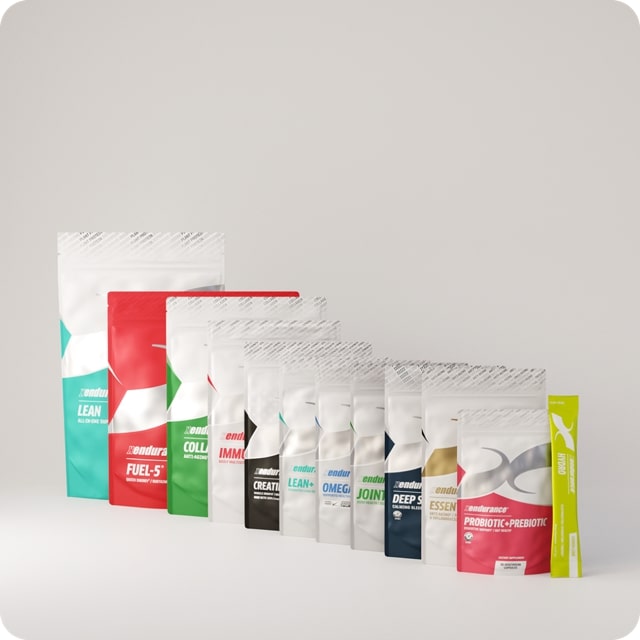
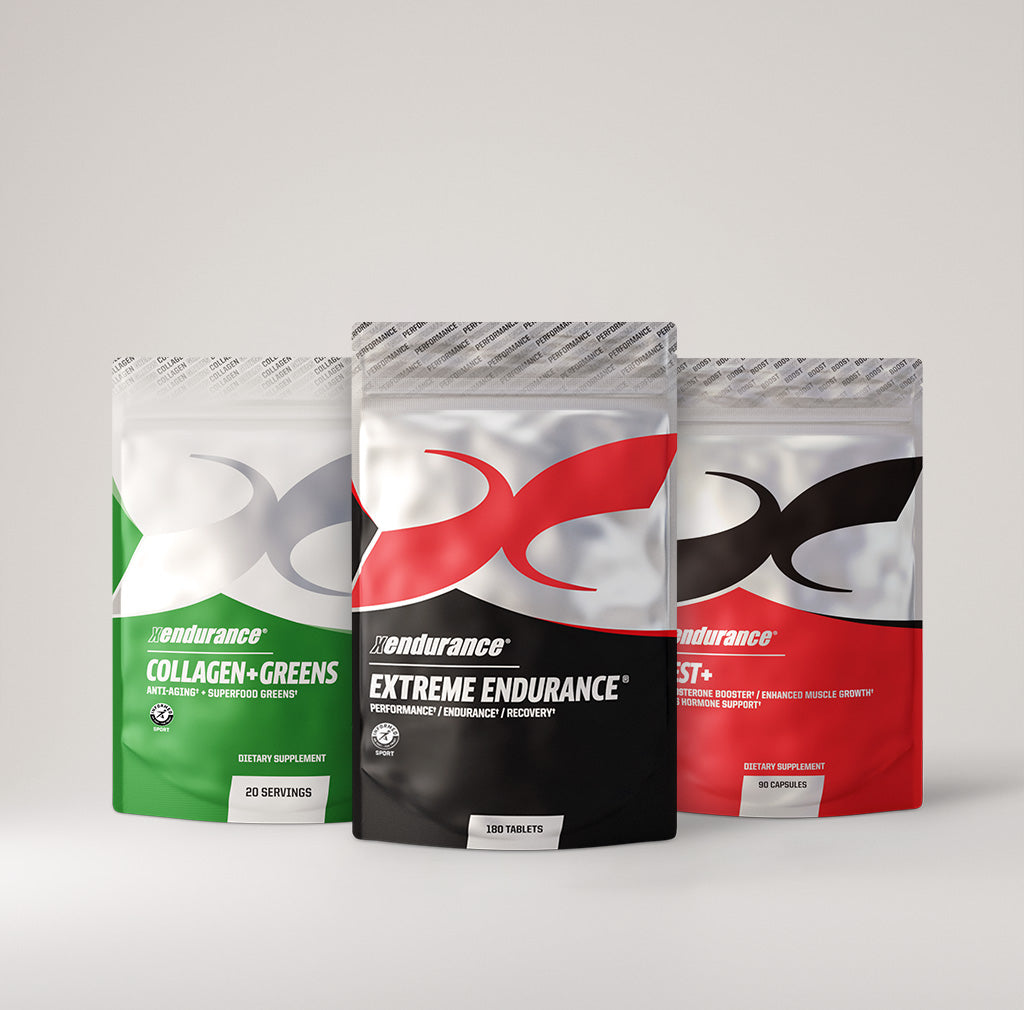

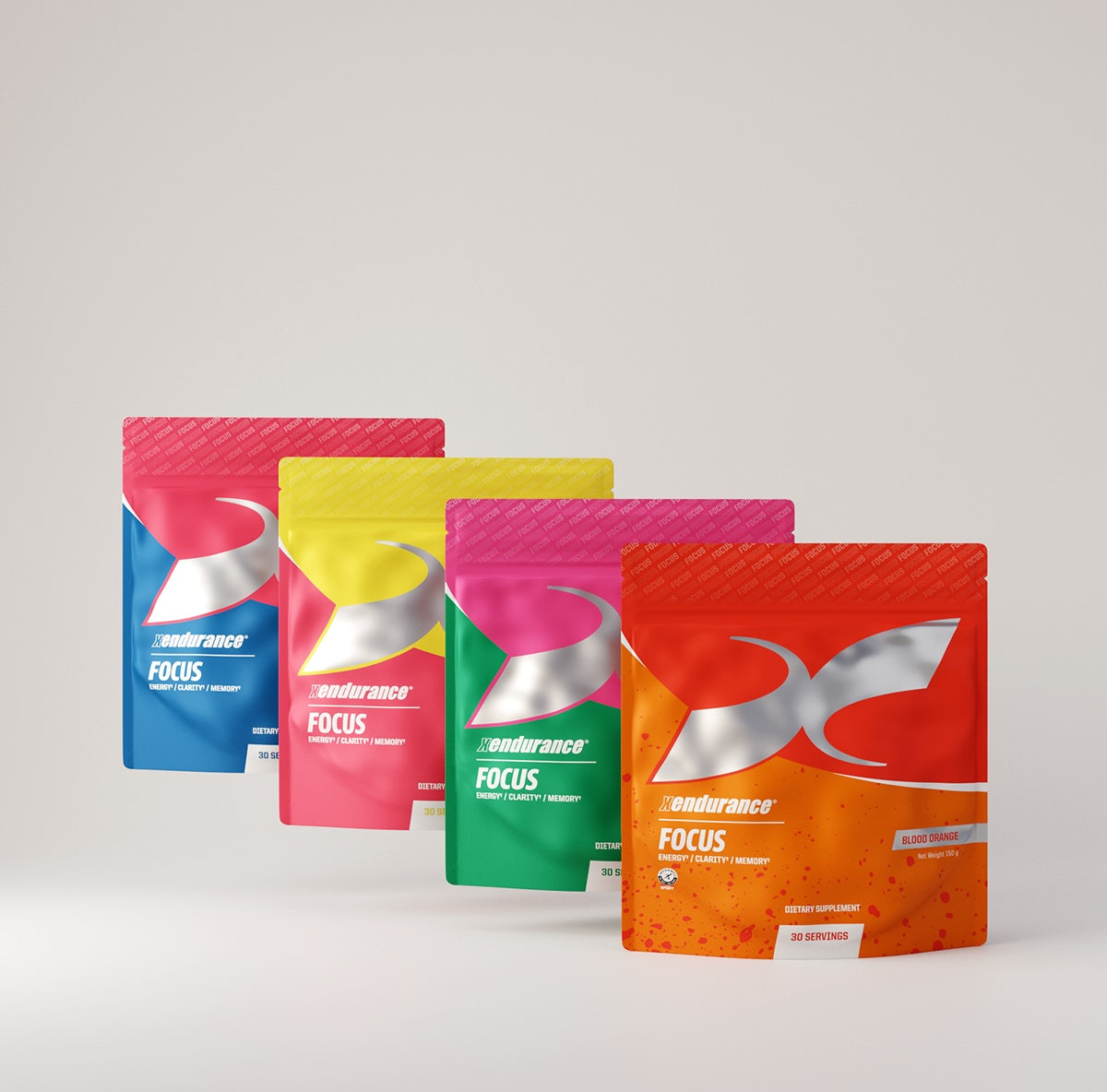
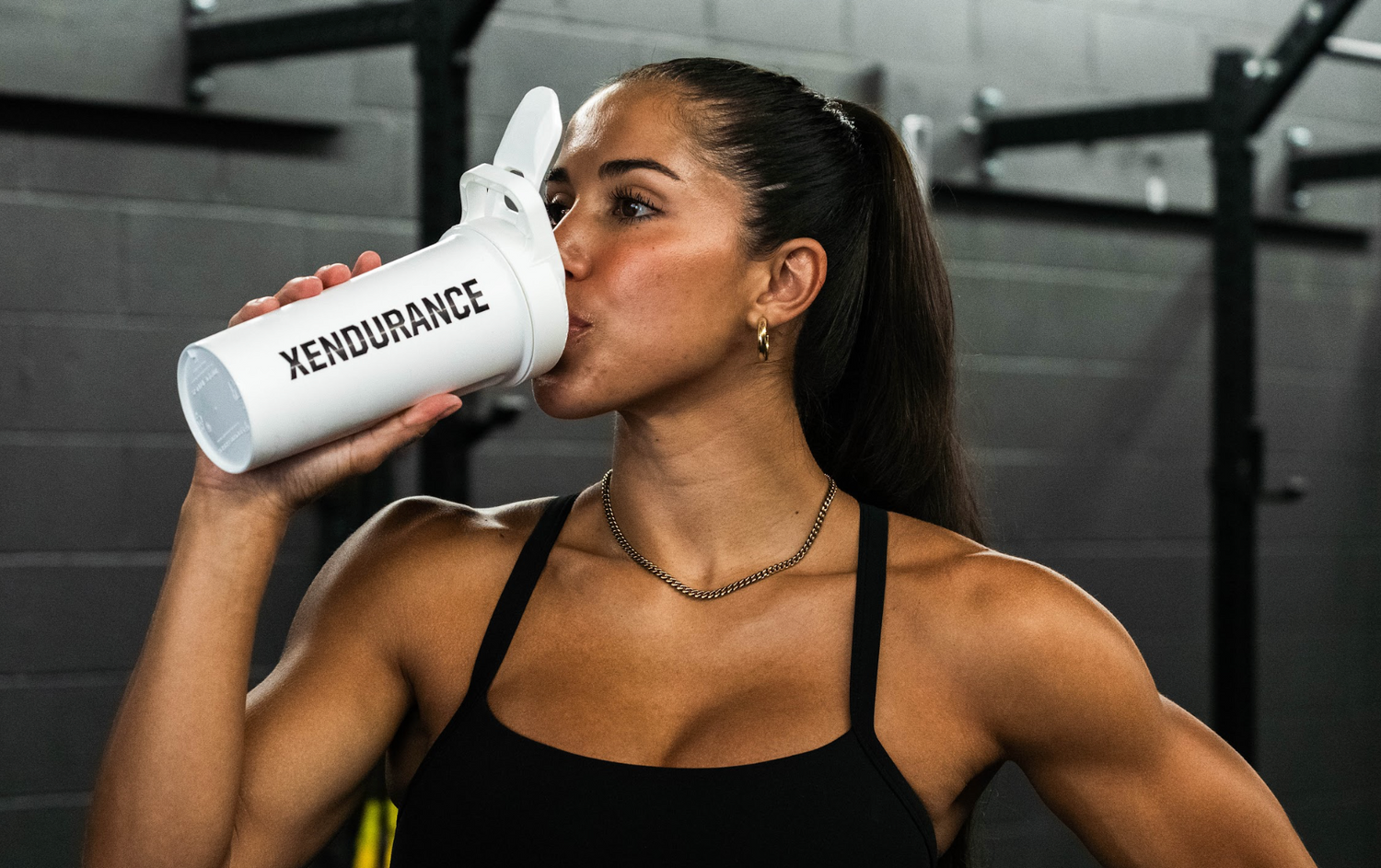
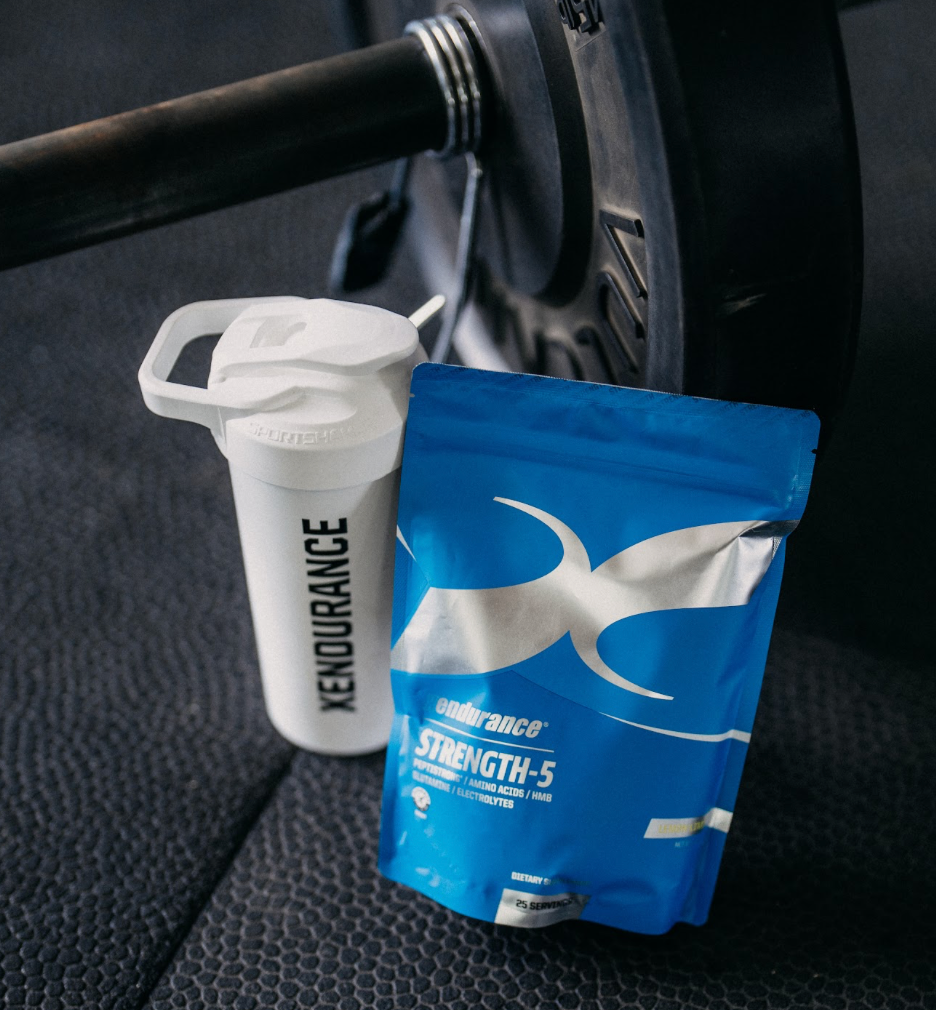
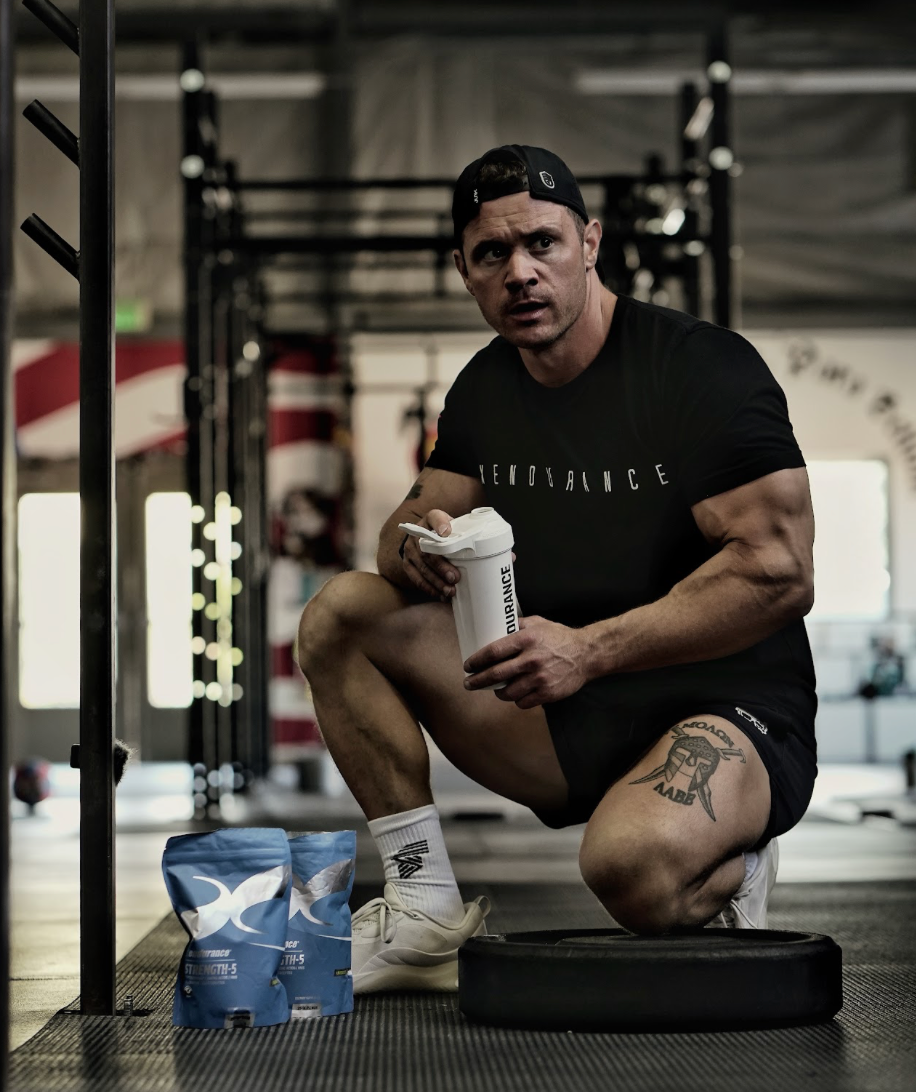
Leave a comment
This site is protected by hCaptcha and the hCaptcha Privacy Policy and Terms of Service apply.